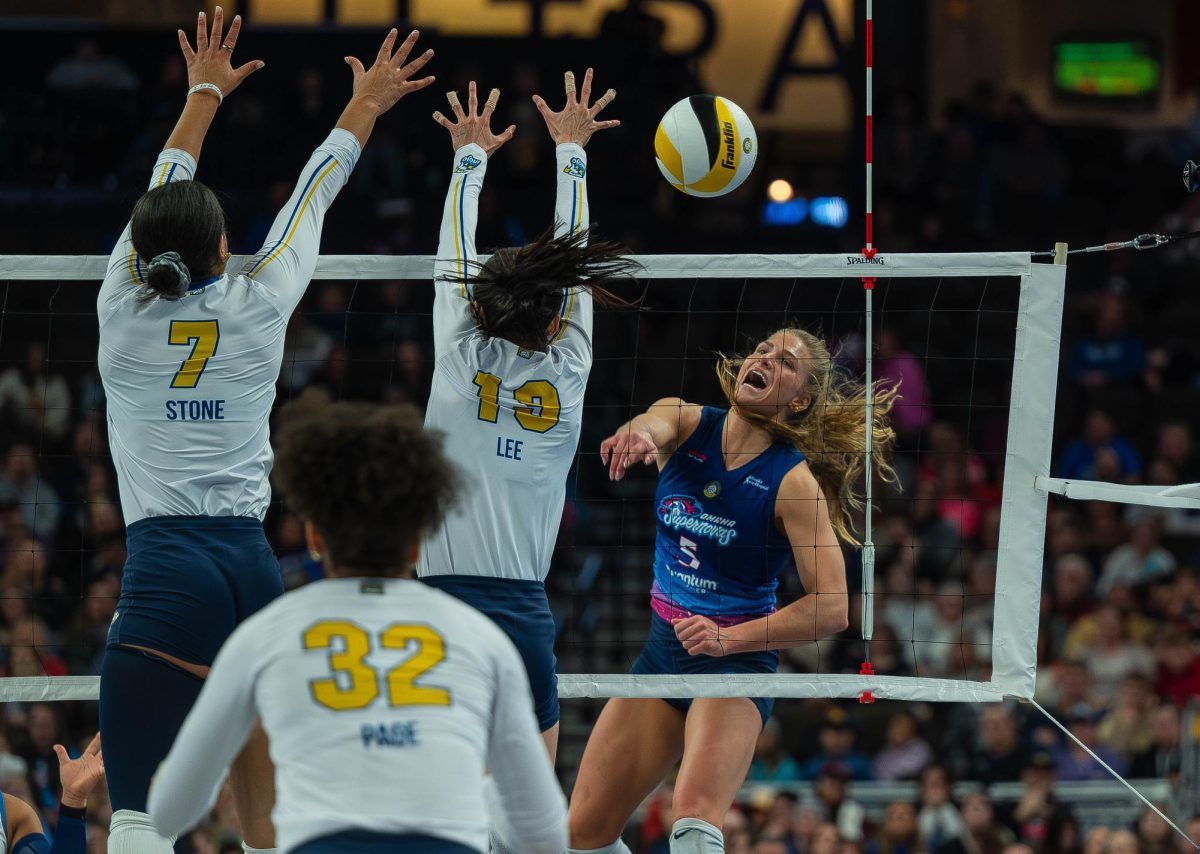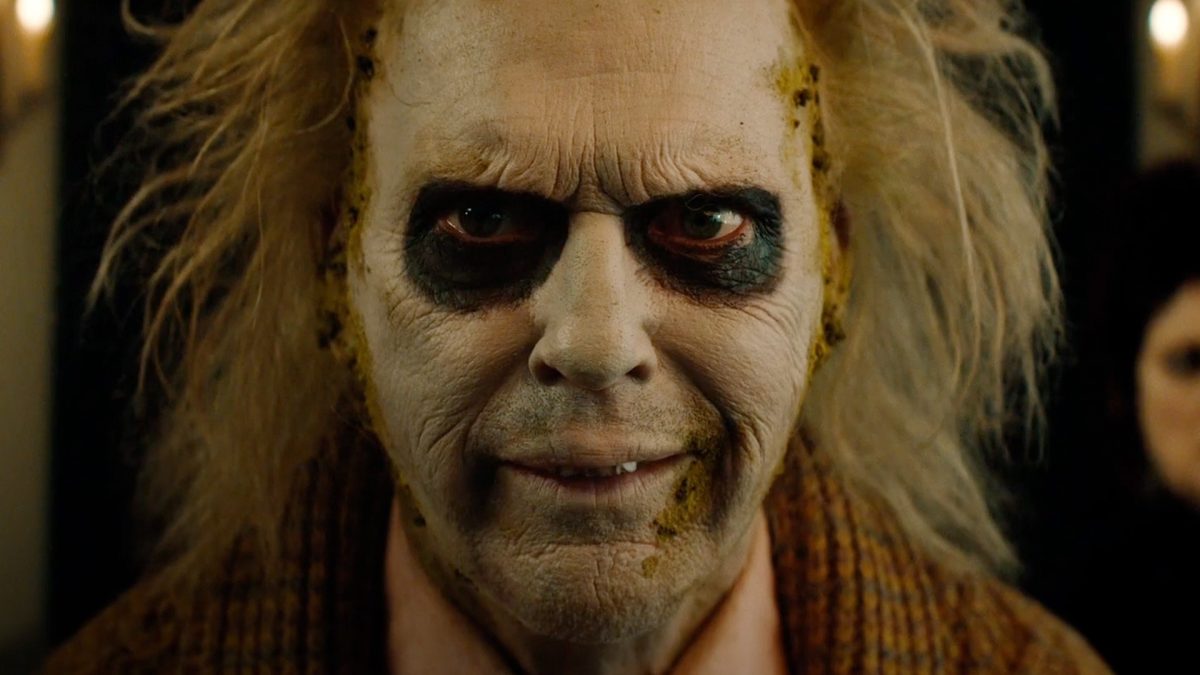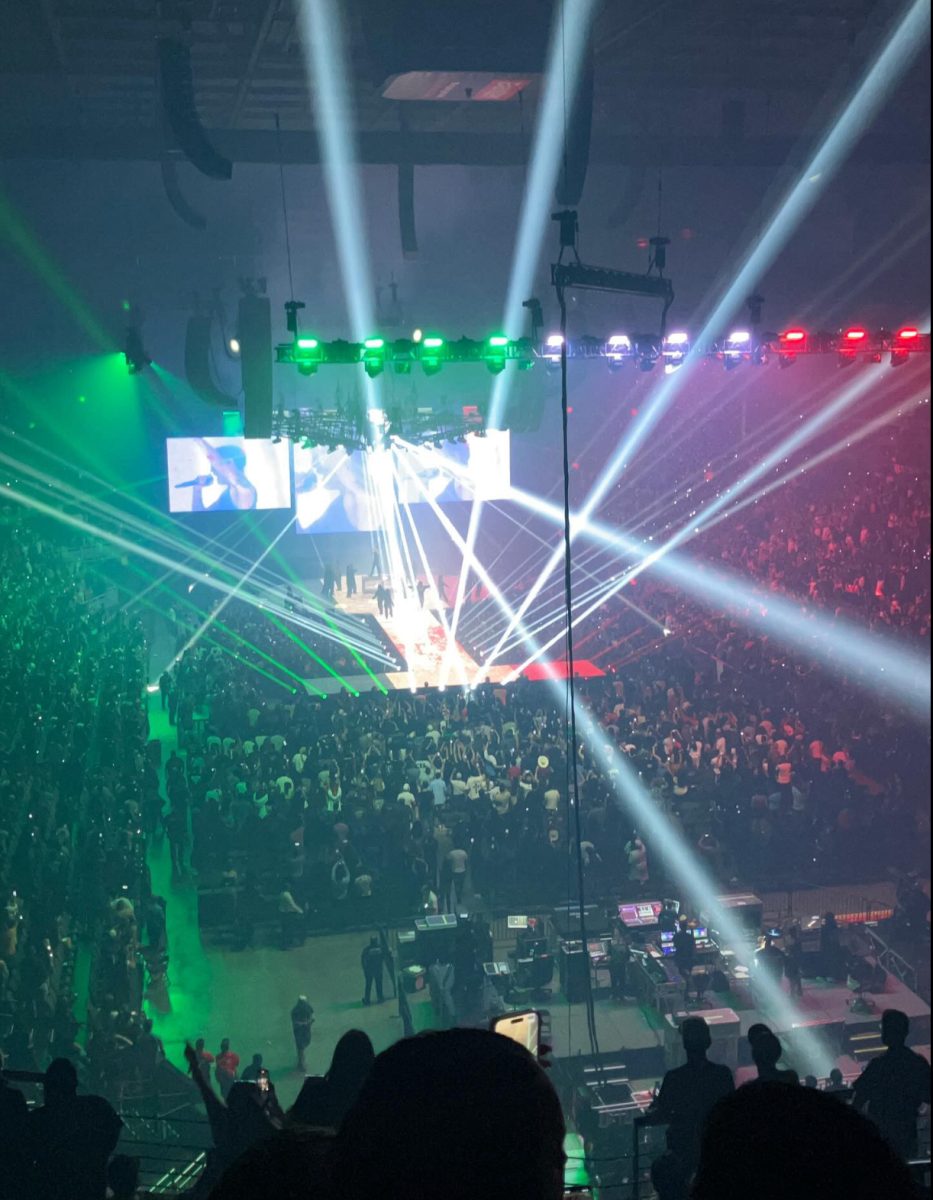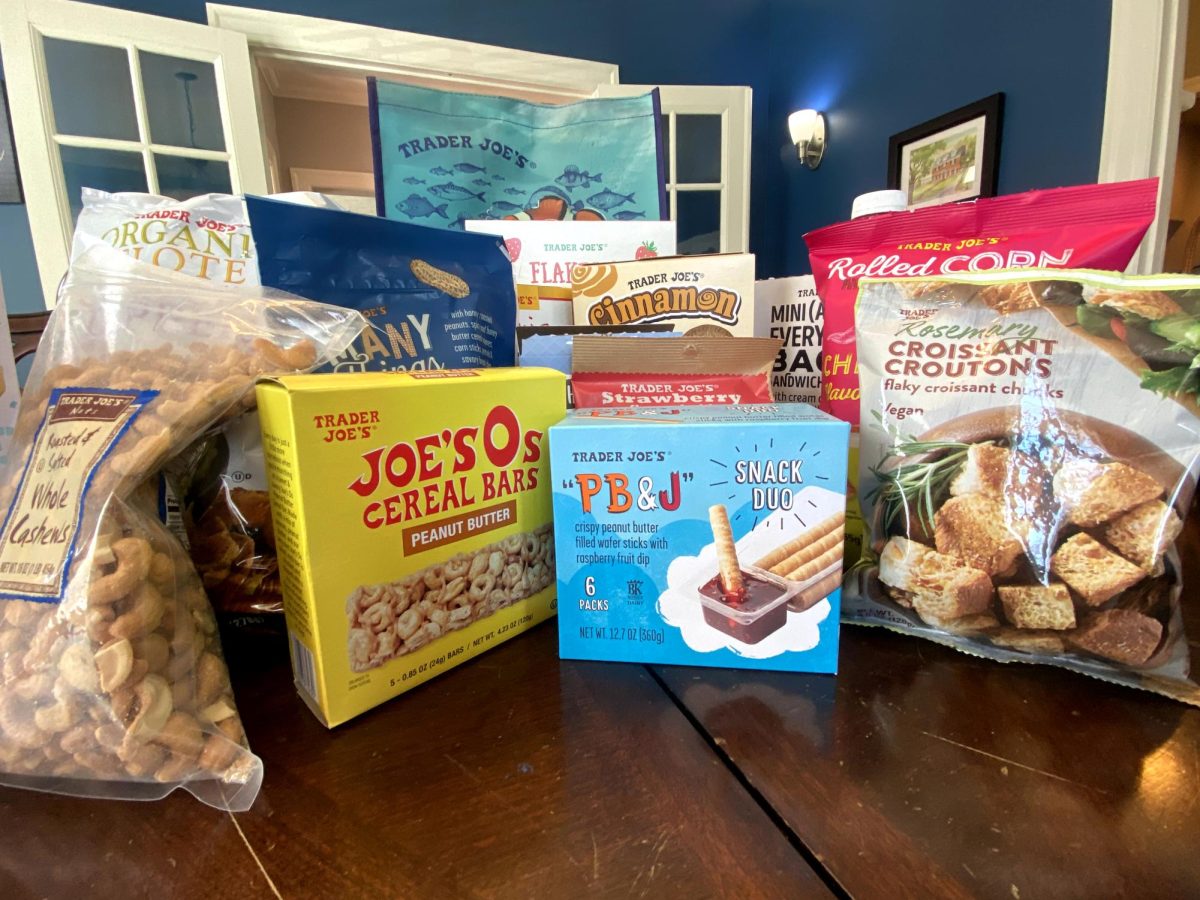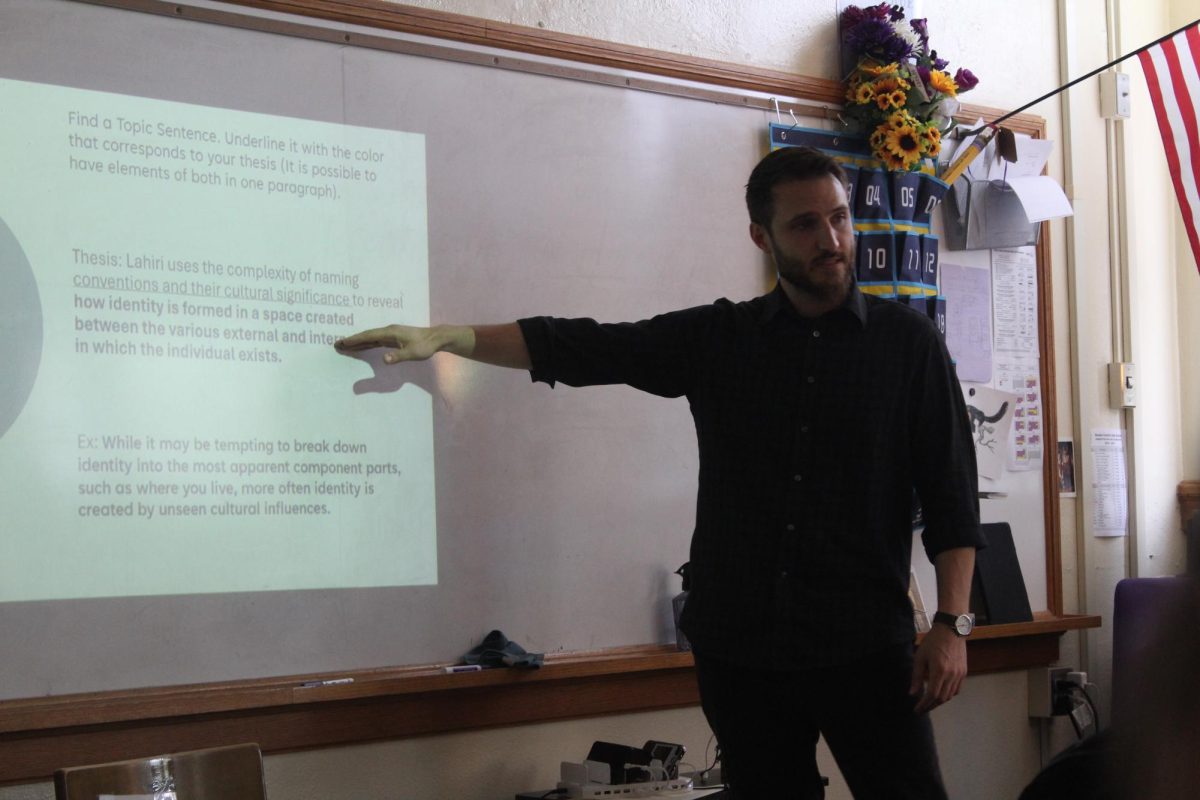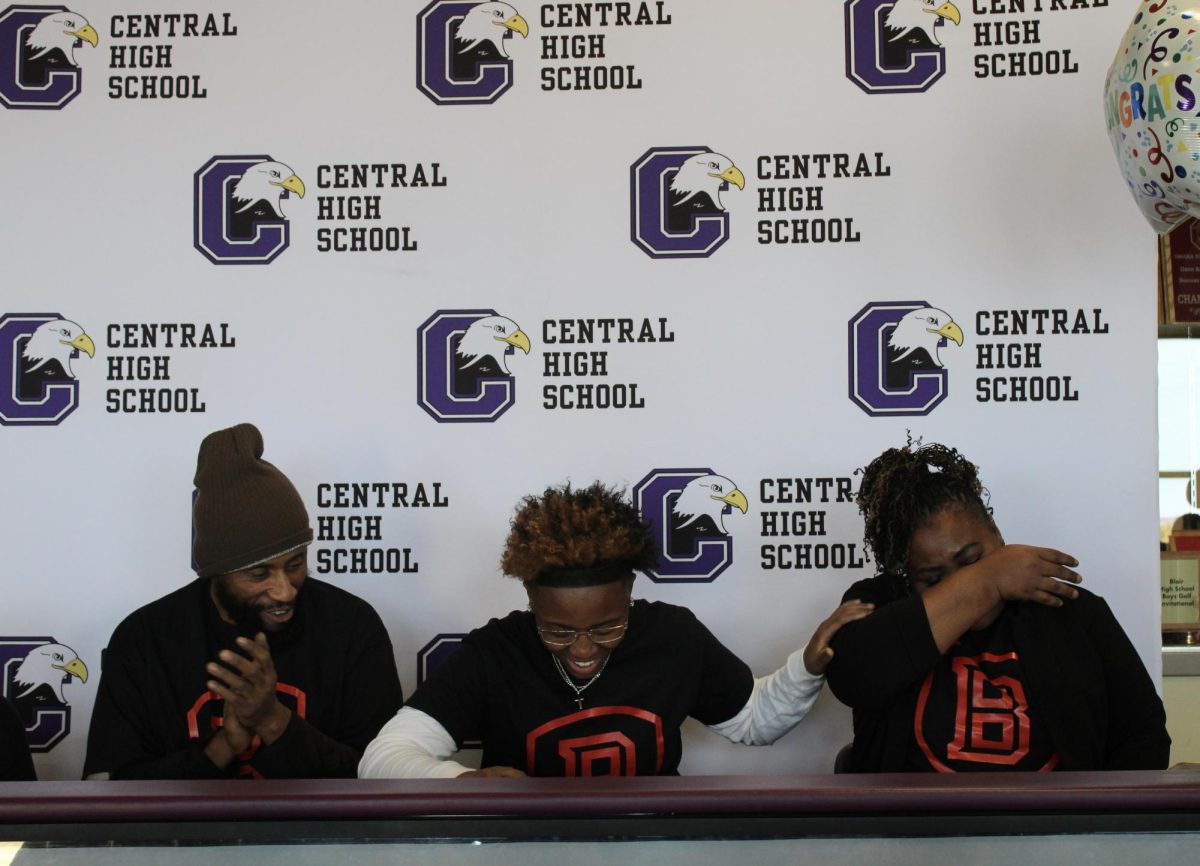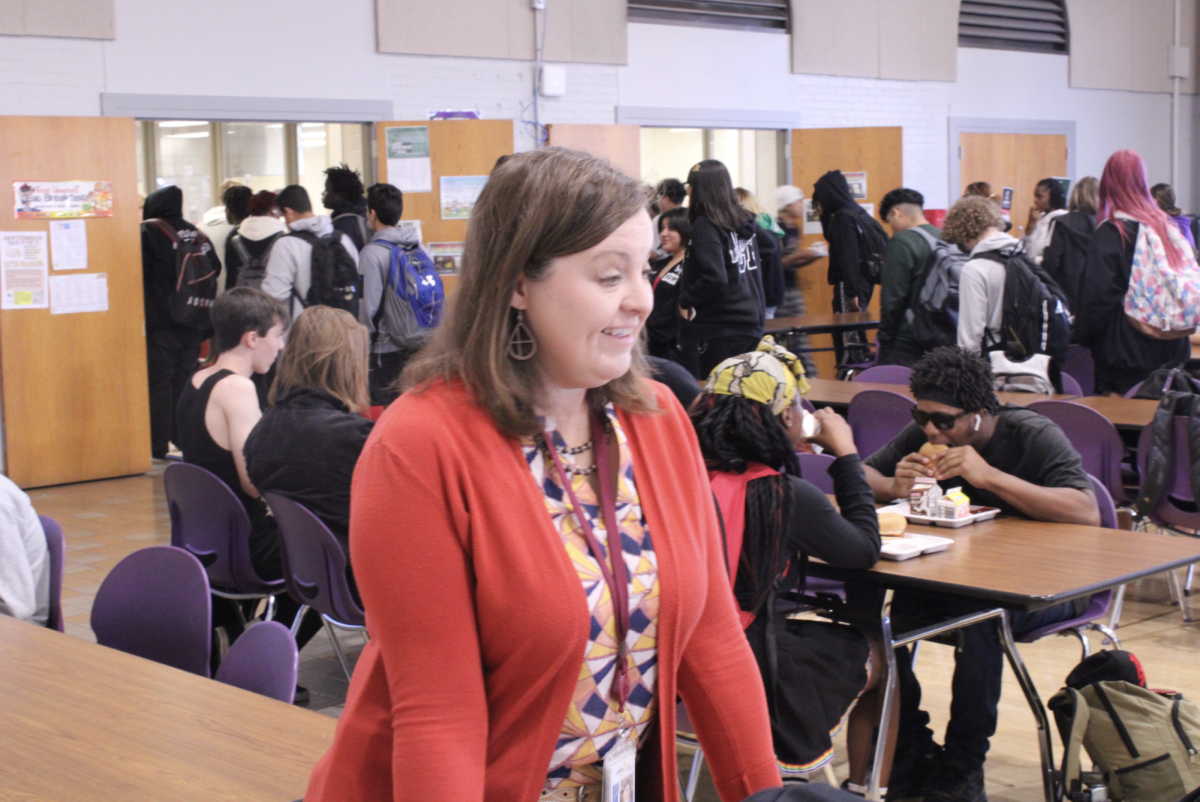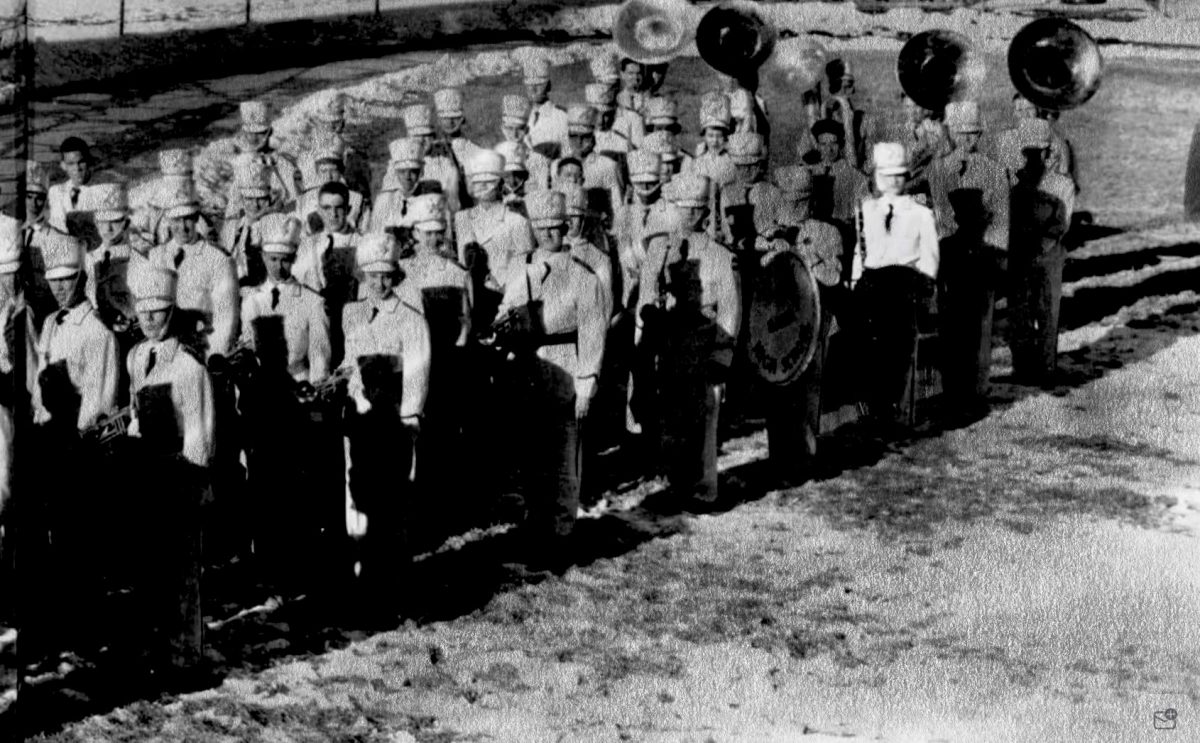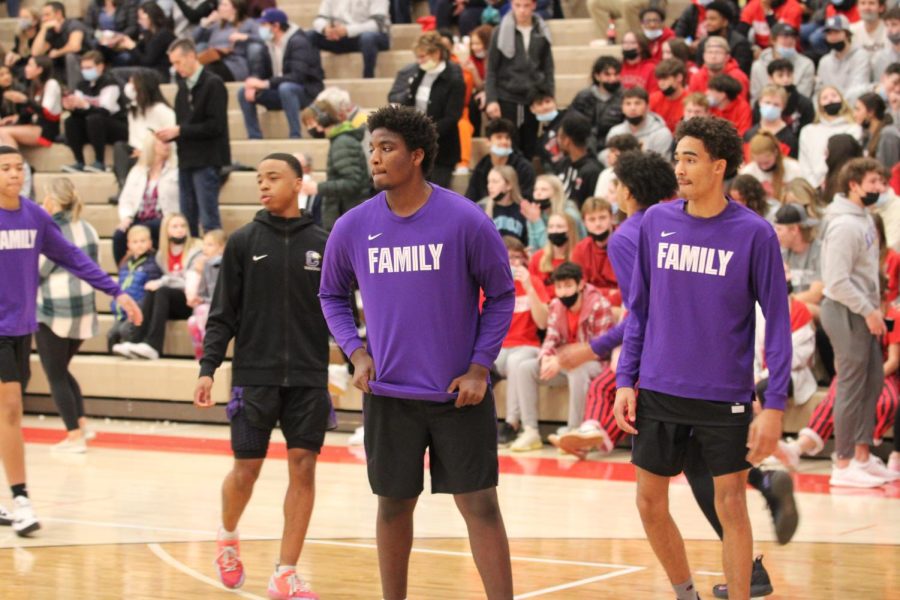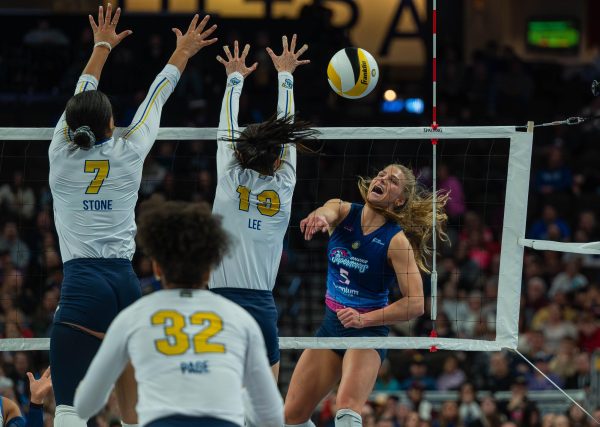Shot clock doesn’t stress boys’ basketball
Throughout the past couple of years, high school basketball has started to look more and more like collegiate basketball. Players are constantly working on their fast break dunks, transferring to play for the best teams in the state, sponsors put money into programs and, as of this year, Nebraska high school basketball has a shot clock.
Contrary to popular belief, this is not the first time the Metro high school teams have seen the shot clock. Last year, at the Metro Holiday tournament, players and coaches alike got their first experience in games with a shot clock, which helped them prepare for the upcoming season.
The Eagles have many drills which have helped them work with a shot clock.
“We’ve always worked on situational stuff, like end of game scenarios where we put a full defense out and we try to score in 10 seconds or less. It’s more of a conditioning drill but it helped us gain a faster pace, even before the shot clock,” said junior power forward Devin Holmon. “Which is why I don’t think the shot clock has affected us very much.”
Thirty-five seconds is a lot of time in any sporting event. A football player could have over 50 rushing yards, a baseball player could have a home run, someone could swim over 50 meters. A lot of things can happen in 35 seconds. Which is the same mindset the Central boys have.
“The game moves at such a fast pace, I mean, there’s always going to be slower pace[d] teams who like to dribble it out, pass the ball, and move it around as much as possible, but we already try to score in 10 or 15 seconds to give us as many possessions as we can,” Holmon said.
Most only account varsity returners to be affected by the newly implemented shot clock, but this raises the question of players who play on both junior varsity—still without the shot clock—and varsity.
“The shot clock doesn’t affect me as much as you’d think because 35 seconds is a lot of time to get a shot off and I think our jayvee team gets a shot off within that time during most possessions,” said sophomore forward Ike Ackerman, who plays for both teams. “If anything, the shot clock is the least drastic change from jayvee to varsity compared to the plays run and pace of the game.”
Ackerman also says that he is happy the junior varsity team does not use the shot clock, “Jayvee is more for developing, so I don’t think they should be worried about a shot clock instead of working on getting better and sticking out.”
The team may not feel like the shot clock affects their game very much but, there are some positives. “At the end of the game, if we are only losing by a little bit, we know the other team can’t hold the ball like they could last year,” Holmon said. “And knowing we can pressure a team into taking shots they don’t want to take by running the clock helps us a lot.”
The Central boys agree the 35 second shot clock does not impact their game but agree it helps elevate high school basketball to the next level.
Your donation will support the student journalists of Omaha Central High School. Your contribution will allow us to purchase equipment and cover our annual website hosting costs.

Hiiiiii! My name is Isabel Hoiberg (she/her), I am a senior, this is my second year on staff and I am a Digital Editor. My fellow staff members voted me...






